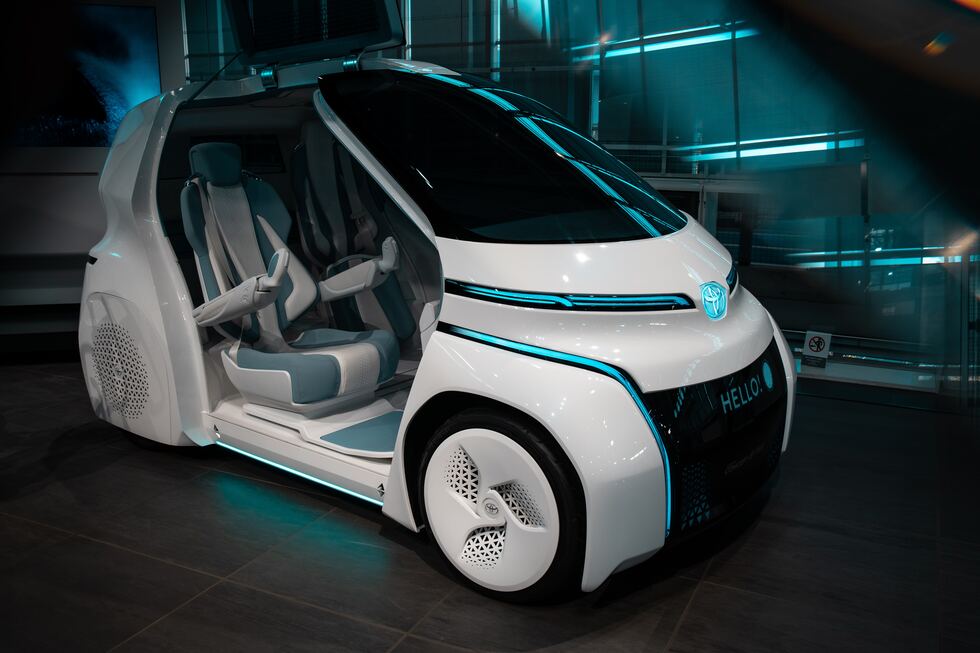
The Truth About eFuels: A Comprehensive Examination of Sustainable Mobility and Climate Change
As we navigate the treacherous waters of climate change, our quest for alternative energy sources to fossil fuels is more fervent than ever. eFuels, synthesized from carbon dioxide (CO2) and hydrogen, have emerged as potential saviors. But how do they truly stack up against the enormity of the climate challenge?
Understanding eFuels
Electrofuels, commonly known as eFuels, represent a significant step in the direction of sustainable energy. Their essence lies in mimicking the hydrocarbons found in conventional fuels but with a substantially greener process.
The backbone of eFuels is the electrolysis of water (H2O) to produce hydrogen gas (H2). This requires electricity, and when renewable energy sources, such as wind or solar power, are used for this process, the hydrogen produced is termed “green hydrogen”. The next step involves capturing carbon dioxide (CO2) from sources like industrial plants or directly from the air.
These two components – hydrogen and captured CO2 – undergo a chemical reaction, synthesizing liquid hydrocarbons such as gasoline, diesel, or jet fuel.
One of the primary advantages of eFuels is their compatibility with existing infrastructure and engines. This means that while transitioning to greener alternatives, there wouldn’t be a need for massive overhauls in refueling infrastructure or vehicle engines.
Carbon Neutral Potential
If the entire process – from electricity generation for electrolysis to fuel combustion in vehicles – uses renewable energy sources, eFuels can be close to carbon neutral. This is because the CO2 emitted during combustion was already taken from the atmosphere during the production phase.
The Hurdles eFuels Must Overcome
While the allure of eFuels is undeniable, they face considerable challenges when held under the microscope:
1. The Efficiency Dilemma eFuels, as they stand, operate at an efficiency rate of approximately 34%. Contrast this with electric motors, which demonstrate a whopping efficiency of around 90%. The disparity is stark and makes one ponder the real energy conservation value eFuels bring to the table (source: International Energy Agency).
2. The Energy & Resource Intensity Concern eFuels demand a significant amount of energy input for their production. This not only leads to higher emissions but also casts a considerable ecological footprint, raising questions about their green credentials (source: German Aerospace Center).
3. The Battle for Resources Renewable energy, while abundant, isn’t limitless. Deploying it for eFuel production means we divert it from other pivotal applications - a dilemma in an age where every watt counts.
4. Danger of Misplaced Priorities Throwing our weight behind eFuels might make us complacent, potentially overshadowing the urgent need to embrace renewable energy and electric mobility.
Efficiency: A Closer Look
Diving deeper into the efficiency matrix:
eFuels vs. Hydrogen
Both are renewable energy champions, but hydrogen, at 75% efficiency, clearly outpaces eFuels, which lag at 34% (source: International Energy Agency).
eFuels vs. Conventional Fuels
Conventional fuels, your everyday gasoline and diesel, operate between 20-30% efficiency. eFuels, although a step forward, still don’t match the likes of hydrogen or electric motors.
eFuels vs. Electric Motors
Electric motors are in a league of their own, converting energy to motion at an 80-90% efficiency rate. Their ability to leverage renewable sources further amplifies their green quotient (source: US Department of Energy).
Concluding Thoughts
The conversation around eFuels brings to the forefront the urgency and complexity of addressing the climate crisis. While eFuels present a captivating solution, especially as an intermediary step, they are not the panacea for all our environmental concerns.
eFuels, synthesized from carbon dioxide and hydrogen, have the potential to utilize existing infrastructure, offering a smoother transition away from fossil fuels. Their ability to be integrated seamlessly into our current transport ecosystem makes them an attractive proposition. However, their production efficiency and the energy required in their creation raise valid concerns about their long-term viability.
It’s increasingly clear that our path forward lies in the broader adoption of sustainable energy solutions, such as direct hydrogen fuel cells and battery-powered electric motors. Hydrogen, when sourced responsibly and used in fuel cells, provides an emission-free power source. Electric vehicles (EVs), powered by sustainably generated electricity, further offer a direct route to reducing carbon emissions.
Reimagining Transportation
Moving away from internal combustion engines isn’t merely a technical transition; it’s a cultural and philosophical shift. It’s not about limiting our ability to move freely but about redefining how we move. By innovating and investing in cleaner transport technologies, we’re laying the foundation for a world where transportation complements, rather than compromises, our environmental aspirations.
As we navigate the complexities of this transition, it’s essential to prioritize solutions that offer tangible, long-term benefits for our planet. While eFuels can play a part in this tapestry, they should be one of many tools in our arsenal.
To echo the sentiments of experts and stakeholders: Our collective focus should be on creating a world where clean energy solutions are foundational and widespread. It’s not just about adapting to a changing world, but about actively shaping a future where our planet and its inhabitants thrive.
References
- European Commission - Clean Mobility Package
- European Environment Agency - Trends and Projections 2018
- International Energy Agency - Global CO2 emissions in 2019
- German Aerospace Center - Life Cycle Assessment of Synthetic Fuels from Renewable Energies
- US Department of Energy - Electric Motor Efficiency under Alternative Load Conditions
- International Energy Agency - The Future of Hydrogen
- European Environment Agency - Electric vehicles from life cycle and circular economy perspectives
- Environmental and Energy Study Institute - Electrification of the Transportation Sector
- The Economist - The future of cars is electric
- Union of Concerned Scientists - How Do Hydrogen Fuel Cell Electric Vehicles Work?
- European Commission - Hydrogen: a fuel for the future
Header Photo by Matt Boitor on Unsplash




